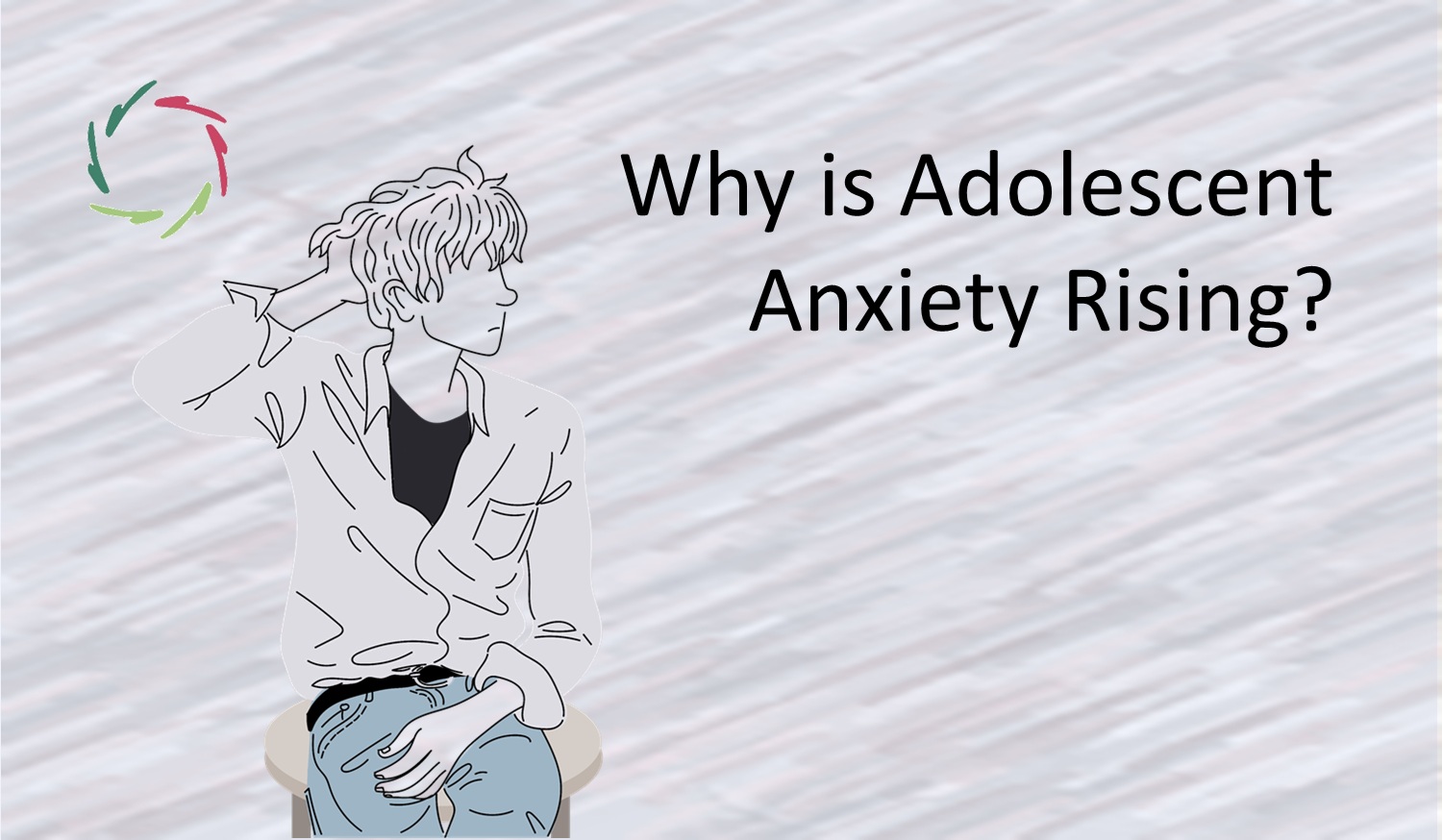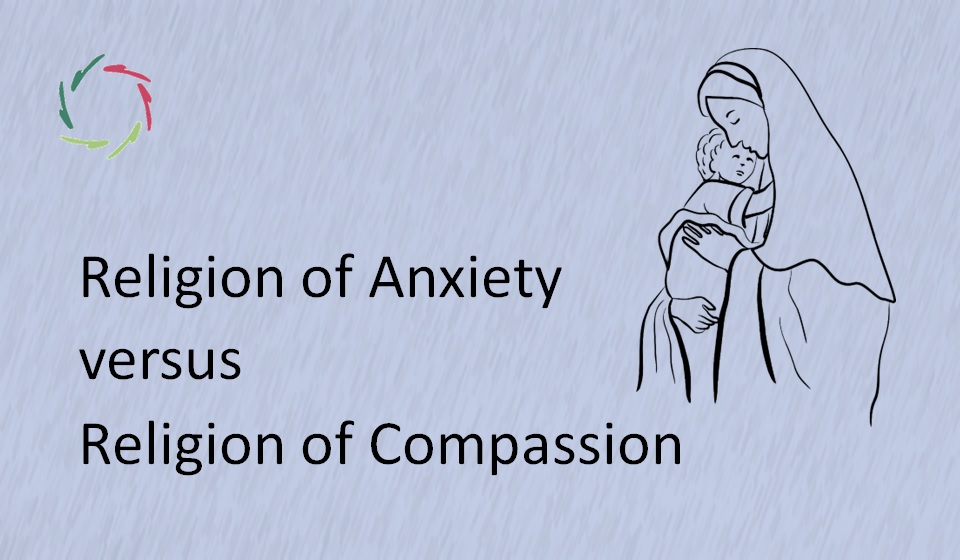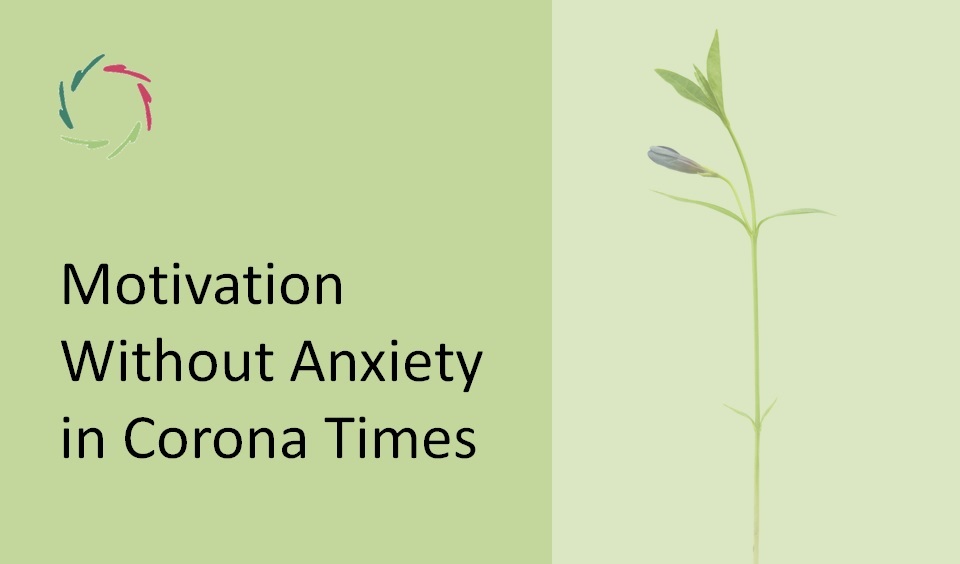Why is Adolescent Anxiety Rising?

Adolescent anxiety is reaching unprecedented levels, with nearly one in three adolescents experiencing an anxiety disorder, according to the National Institutes of Health. Hospital admissions for suicidal teens have doubled in the past decade.
These statistics point to a mental health crisis that demands urgent attention. While surface causes such as social media, academic pressure, and world events play significant roles, a deeper issue underpins these stressors: Inner Dissociation.
The outward causes
Adolescents today face mounting pressures from multiple fronts. High expectations in academics, fueled by standardized testing and the culture of achievement, leave little room for relaxation and self-exploration. A survey by Higher Education Research found that 41% of college freshmen in 2016 felt overwhelmed, a sharp increase from 18% in 1985.
Social media compounds these pressures. Adolescents are constantly comparing their lives to the curated, often unrealistic images of others. This fuels low self-esteem and a reliance on external validation. Cyberbullying and the fear of missing out further exacerbate stress, with teens struggling to separate their self-worth from their online personas.
Adding to this is a world that feels increasingly unsafe. School shootings, terrorist attacks, and the looming threats of climate change create a pervasive sense of fear. This constant exposure to global crises through news and social media amplifies feelings of helplessness and existential anxiety.
Inner dissociation: a deeper root cause
While these external pressures are significant, they are symptoms of a more profound issue: Inner Dissociation. This refers to a disconnect between the deeper, non-conscious self and the surface-level self. When adolescents are forced to focus solely on external success, appearances, or societal expectations, they lose touch with their authentic inner experiences.
Social media accelerates this dissociation. Teens project idealized versions of themselves online while suppressing their real emotions. Over time, this disconnection erodes emotional resilience and self-understanding. Adults often unintentionally reinforce this by modeling similar behaviors — relying on surface-level engagement and neglecting deeper connections with themselves and others.
Neuroscience, anxiety, and the adolescent brain
Adolescents experience the world with heightened emotional intensity, driven in part by the biological development of their brains. The amygdalae, small almond-shaped structures central to processing emotions like fear and threat, are particularly active during adolescence. Meanwhile, the prefrontal cortex – the brain’s rational center responsible for regulating these emotions – is still maturing. This developmental mismatch makes adolescents more prone to strong emotional reactions and difficulties in managing anxiety.
Anxiety often stems from subconceptual patterns of fear or threat. These patterns, shaped by life experiences and emotional responses, operate below conscious awareness. Adolescents, in their critical developmental phase, are especially susceptible to these patterns, which may be amplified by social pressures or familial expectations. Without understanding these deeper influences, adolescents may experience heightened stress without knowing why.
The role of (lack of) purpose and meaning
Adolescents are naturally driven to seek purpose and meaning in their lives, but inner dissociation often severs them from their intrinsic motivations. This disconnection leaves them adrift, turning to external achievements or validation as substitutes for deeper fulfillment. The relentless pursuit of grades, social media recognition, or other external markers of success can provide a temporary sense of direction but often exacerbates feelings of emptiness and anxiety when these goals fail to satisfy deeper emotional needs.
This phenomenon represents a ‘quiet crisis.’ Inner dissociation doesn’t always manifest as overt distress but instead operates subtly, shaping behaviors like avoidance, perfectionism, or chronic dissatisfaction. Adolescents may appear to be coping well on the surface, yet this underlying disconnect can grow unchecked, eventually leading to full-blown anxiety or burnout.
The role of adult behavior
Adults have a profound influence on adolescent anxiety. Disengaged or superficial parenting – whether due to stress, overwork, or reliance on technology – can leave adolescents feeling unsupported. High, often unrealistic expectations set by parents further alienate teens, making them feel they are never enough.
Moreover, adults who struggle with their own inner dissociation may unconsciously project their anxieties onto the next generation. If adults fail to demonstrate emotional authenticity or resilience, adolescents lack role models to guide them in navigating their own struggles.
A broader societal perspective
Societal values play a significant role in amplifying inner dissociation among adolescents. The cultural emphasis on hyper-individualism and the glorification of productivity teaches adolescents to equate their worth with output, whether in academics, sports, or social achievements. This relentless focus on ‘doing’ rather than ‘being’ leaves little room for reflection or connection with one’s deeper self.
Advocating for cultural shifts that prioritize mental well-being and community care over constant performance could help counteract these pressures. When society values connection and authenticity as much as accomplishment, adolescents are more likely to find balance and resilience.
Can Compassion be a solution?
Compassion, both self-directed and outward, offers a pathway to healing inner dissociation and reducing anxiety. By fostering connection to oneself and others, Compassion addresses the core issues behind adolescent anxiety.
Teaching Compassion starts with fostering self-awareness and emotional literacy in schools and communities. Compassionate coaching and programs that encourage mindfulness, autosuggestion, and reflective practices can help adolescents reconnect with their deeper selves.
Compassion also plays a regulatory role helping to quiet the overactive amygdalae. Neuroscience shows that practices like mindfulness and autosuggestion engage brain regions such as the insula and prefrontal cortex, promoting emotional balance and a sense of safety. By addressing adolescent anxiety at the non-conscious level and leveraging neuroscience-backed strategies, we can transform this vulnerable developmental phase into an opportunity for profound inner growth. This integration of Compassion, mindfulness, and scientific insight offers a comprehensive approach to helping adolescents navigate their emotional world with strength and empathy.
Parents and educators play crucial roles in modeling Compassion. By engaging in open, nonjudgmental communication and prioritizing connection over criticism, adults can create safe spaces for adolescents to express their emotions. On a societal level, policies and initiatives that promote mental health education, equitable opportunities, and community support systems further reinforce a culture of Compassion.
Breaking the cycle
This crisis of adolescent anxiety is not isolated; it mirrors broader societal issues. Just as neglecting the needs of children in distant regions has global repercussions, ignoring the emotional needs of adolescents closer to home creates ripple effects that impact everyone.
The rise in adolescent anxiety is a call to action — not just to address surface causes like social media or academic pressure, but even more so, to reconnect with deeper values of Compassion and authenticity. By addressing inner dissociation and fostering self-understanding, we can build a more resilient and empathetic generation.


